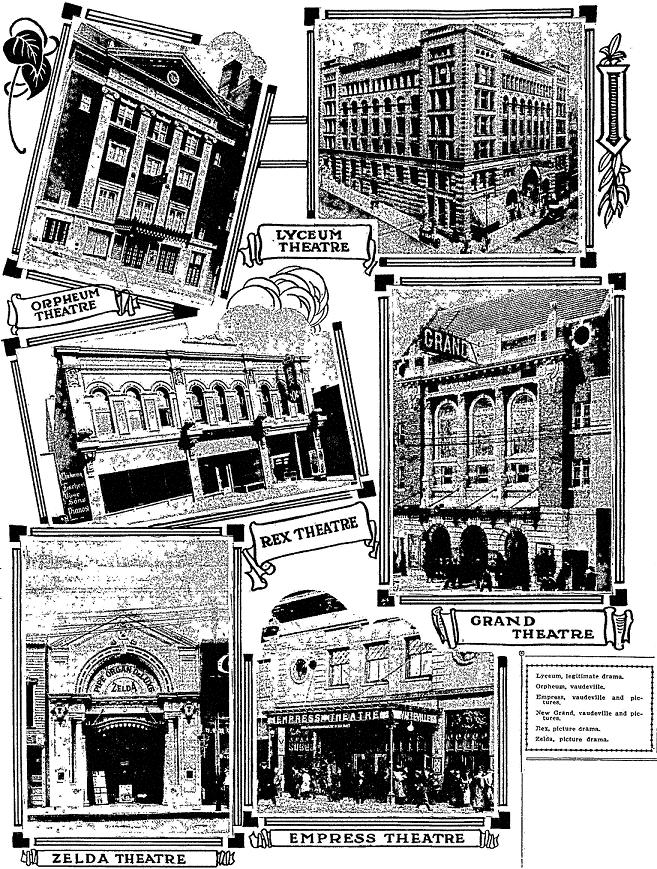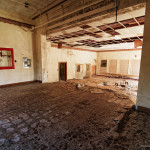Amusement seekers are well cared for by theatrical houses of the Zenith City
That was the headline above this photo collage from the Sept. 30, 1914 edition of the Duluth News Tribune. Of course, the Lyceum, Rex, Grand, Zelda and Empress are all gone now. Only the Orpheum remains — remodeled and renamed the NorShor Theatre in 1941.
The Duluth Economic Development Authority is working with Westlake Reed Leskosky and SJA Architects on restoration plans for the NorShor. Have patience; it’ll take some time.
Recommended Links:
Leave a Comment
Only registered members can post a comment , Login / Register Here















5 Comments
adam
about 14 years agoburgerdogboy
about 14 years ago-Berv
about 14 years agoPaul Lundgren
about 13 years agoThom J. Peterson
about 13 years ago